Let us help you choose a unique diamond band
We know the importance of finding the perfect diamond band, which is why we're here to offer a personalised experience. Whether it's for a special occasion, milestone, or just because you deserve it, our team will guide you through every step of creating your own customised diamond band. We'll help you pick the perfect diamond from a range of sizes and advise you in choosing a setting that matches your vision. With our assistance, the process is seamless and enjoyable. Together, let's make your dream ring a reality! You can shop diamond bands here, in store or through our concierge service who can assist on any queries
Setting Type
From classic designs to modern settings, see all our beautiful options below or in store.
Shop By Metal Type
Select from our distinct range of precious metals, including white gold, yellow gold and platinum to find the one you love.
Shop By Diamond Size
Choose the diamond size that feels just right, whether it's a discreet sparkle or a statement piece.
What to consider when choosing a diamond band
Choosing A Diamond Band by Setting Type
We offer a variety of diamond setting styles to complement your other rings or to be worn alone
Channel Setting: Small diamonds set between two metal walls. Provides a smooth and continuous look.
Pavé Setting: Multiple small diamonds set close together, covering the band's surface. Adds tons of sparkle.
Split Claw Setting: Prongs are split into two separate claws for a unique look.
Princess Channel Setting: A popular choice for showcasing princess-cut diamonds in a band or ring.
Offset Claw Setting: Prongs are placed at an angle or position that is slightly offset for an asymmetrical and artistic look.
A "prong" is a metal claw that holds the diamond securely in place. Prongs can vary in number, with four to six being most common. Let us help you choose the perfect setting and prong style for your dream ring.
Choosing A Diamond Band by Metal Type
When choosing the metal for your diamond ring, whether it's white gold, yellow gold, or platinum, there are several factors to consider. Each metal has its unique characteristics, appearance, and advantages. Here's a breakdown of the three popular choices:
1. White Gold:
- Appearance: White gold has a silvery-white appearance due to its rhodium plating, which gives it a similar look to platinum.
- Affordability: White gold is generally more affordable compared to platinum.
- Maintenance: White gold may require periodic re-plating with rhodium to maintain its bright white appearance.
- Compatibility: White gold complements diamonds of various colors and works well in contemporary and classic designs.
2. Yellow Gold:
- Classic and Warm: Yellow gold has a timeless and traditional appeal, imparting a warm and rich glow to the overall ring design.
- Durability: Yellow gold is durable and requires minimal maintenance.
- Compatibility: Yellow gold pairs well with diamonds with warmer tones, such as fancy yellow or champagne-coloured diamonds.
- Versatility: Yellow gold works well with a variety of styles, from vintage to modern designs.
3. Platinum:
- Prestige and Durability: Platinum is renowned for its rarity, strength, and durability. It's an excellent choice for those seeking a high-end and long-lasting option.
- White Appearance: Platinum has a naturally white color that won't fade or require re-plating.
- Hypoallergenic: Platinum is hypoallergenic, making it an ideal choice for those with sensitive skin.
- Weight and Density: Platinum is denser than gold, resulting in a heavier feel.
- Compatibility: Platinum complements diamonds of all colors and is often chosen for its ability to enhance a diamond's brilliance.
Choosing A Diamond Band by Diamond Size
A diamond's weight is measured in "carats" ("ct"). The more carats a diamond has, the bigger it will be. However, carat weight alone isn't the only factor that affects a diamond's appearance. Other factors, like its shape and cut, also have an impact. It is important to remember that the image shown in the diagram is not an exact representation of the actual diamond size.
Carat weight also heavily impacts a diamond's price. The rarer bigger diamonds tend to be more expensive, and the price tends to increase exponentially as the carat weight increases. Let us help you find the perfect diamond for you.

.jpg)
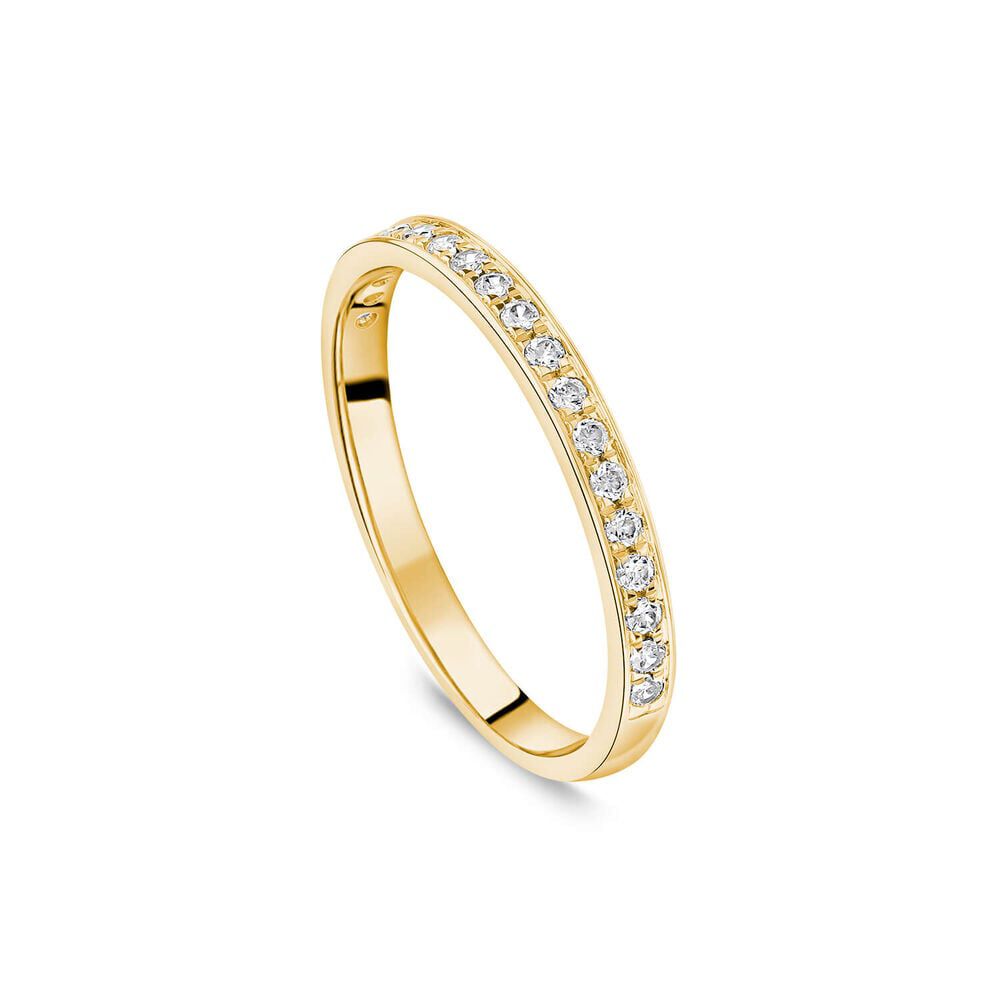
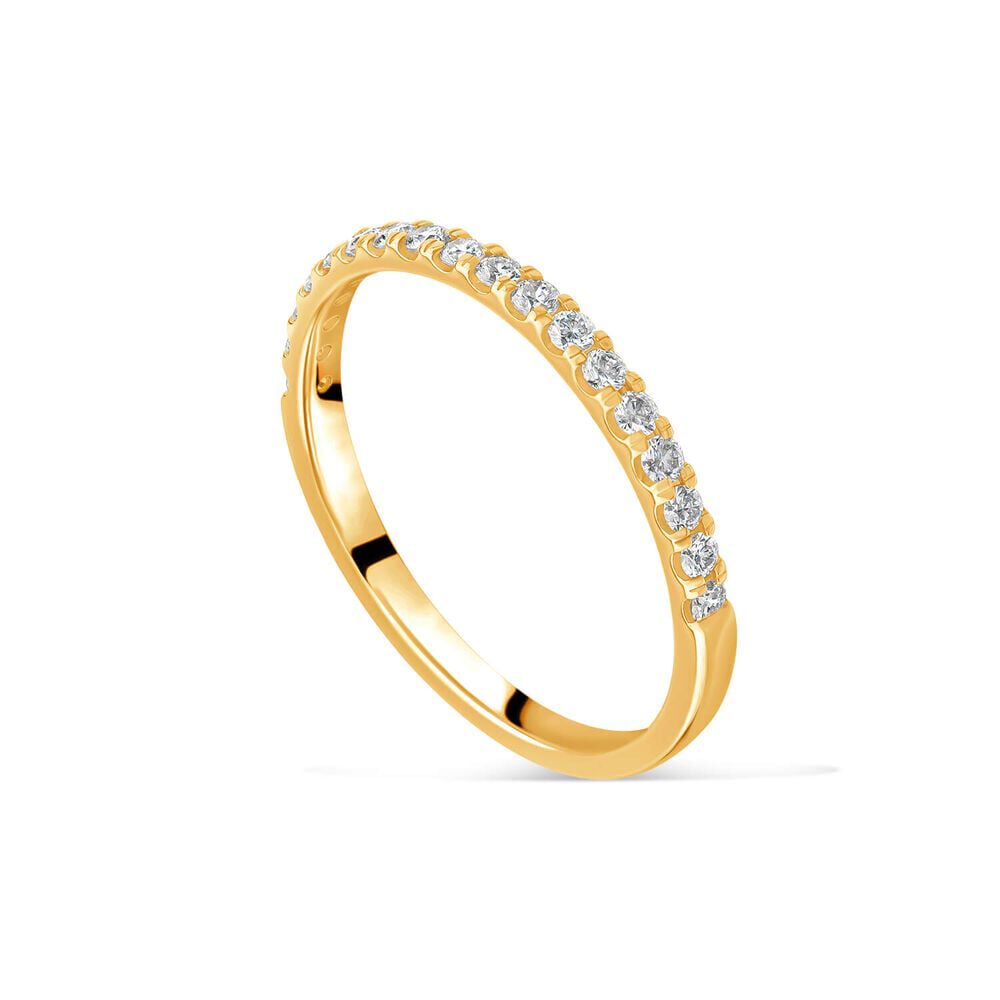
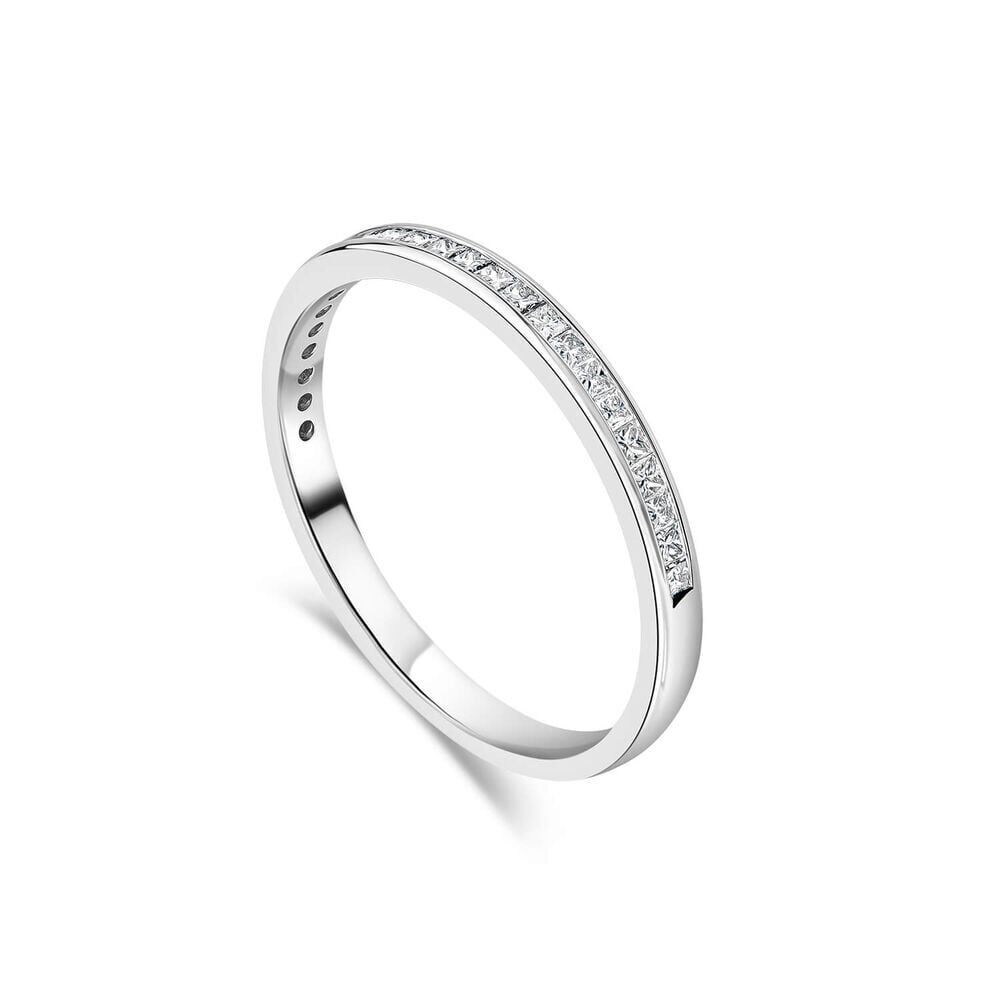
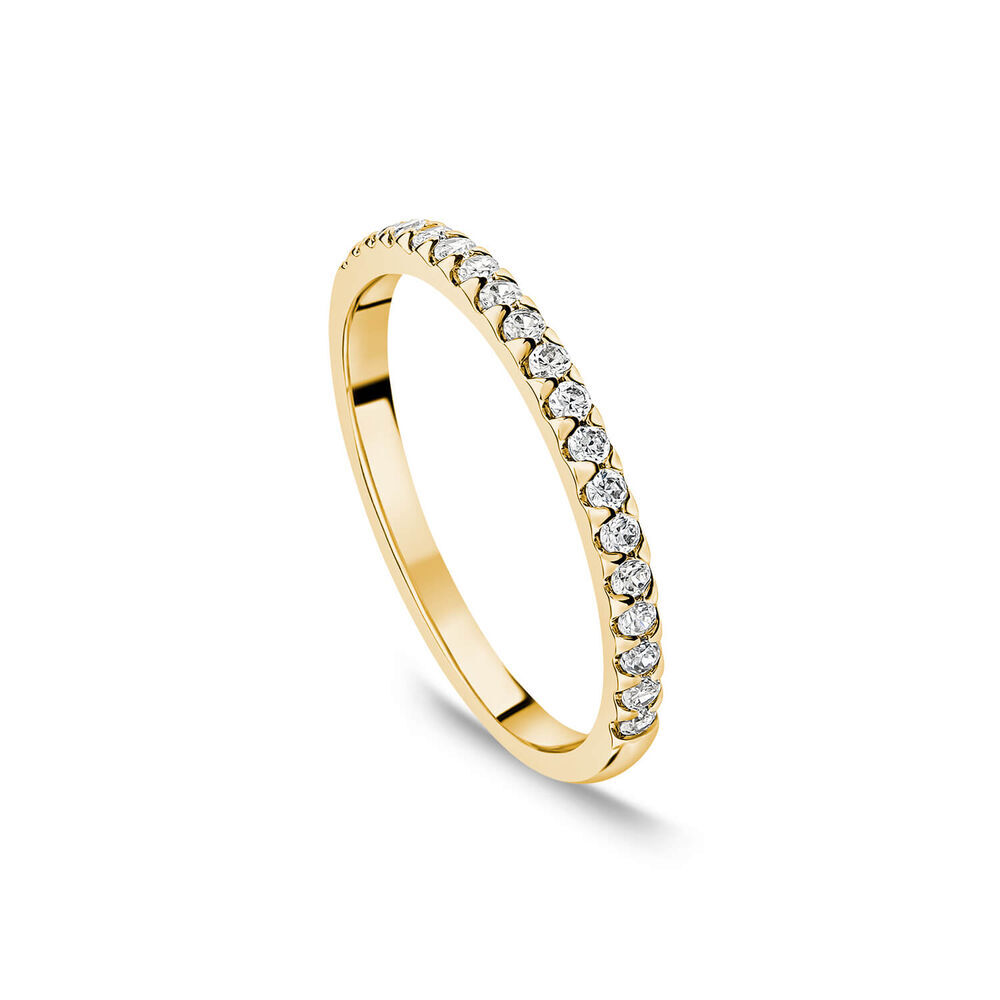
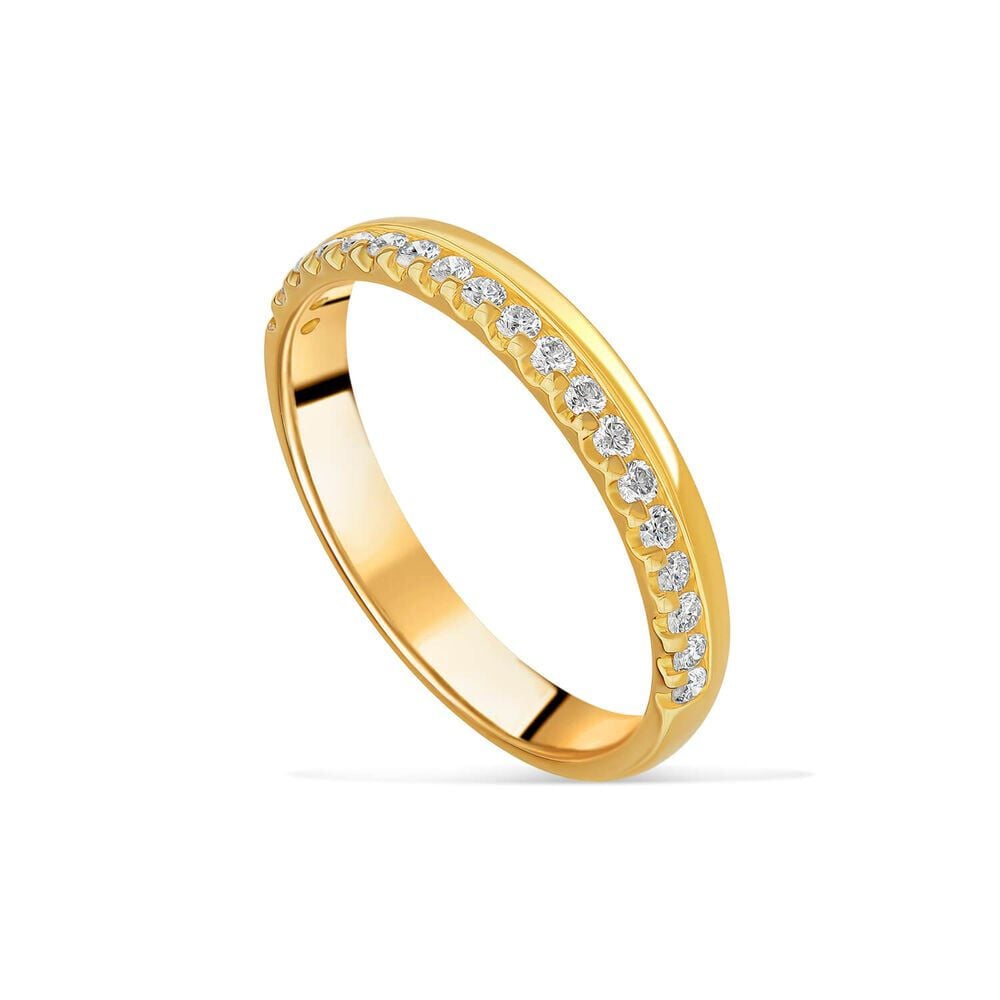

.jpg?sw=1440&sfrm=jpg)